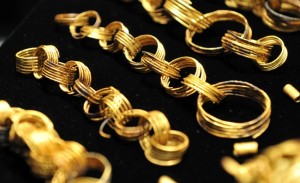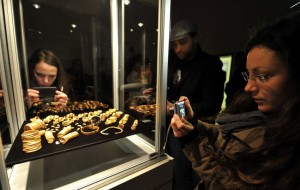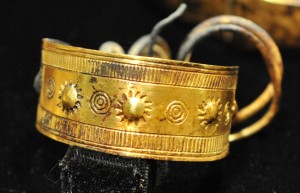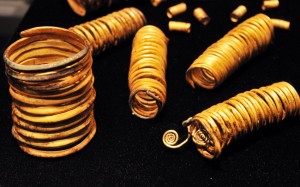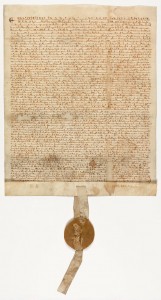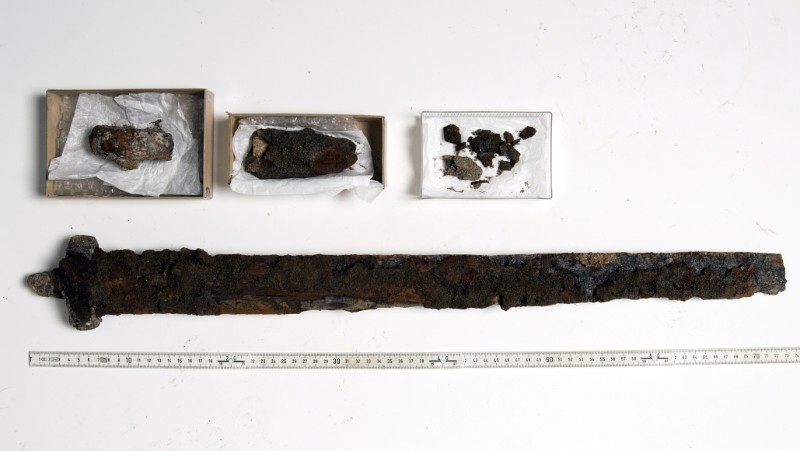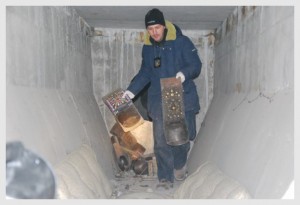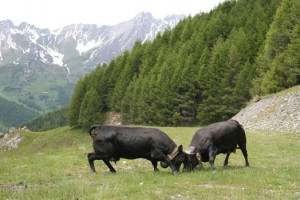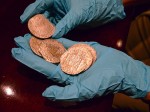 When earlier this month a federal circuit judge ordered Odyssey Marine Exploration to return the vast treasure recovered from the shipwreck code-named “Black Swan” to Spain, I assumed they’d appeal the ruling to a higher court. That’s what they’ve done every other time a judgement went against them in the five years since they first retrieved the gold and silver coins from the Atlantic seabed in May of 2007. I was wrong.
When earlier this month a federal circuit judge ordered Odyssey Marine Exploration to return the vast treasure recovered from the shipwreck code-named “Black Swan” to Spain, I assumed they’d appeal the ruling to a higher court. That’s what they’ve done every other time a judgement went against them in the five years since they first retrieved the gold and silver coins from the Atlantic seabed in May of 2007. I was wrong.
Odyssey did make one last claim in court, but it was already a form of capitulation: they asked that the Spanish government reimburse them $412,814 for storage and preservation costs. On February 18th, US District Court Judge Mark Pizzo denied the claim and ordered the company to grant Spain access to the treasure this week so they could prepare it for transport. Odyssey announced that it would no longer contest Spain’s ownership of the treasure.
Peru isn’t giving up so easily.
On Thursday, the Peruvian government made an emergency appeal to the U.S. Supreme Court seeking to block transfer of the treasure to give that nation more time to make arguments in federal court about its claim to being the rightful owner.
Peru says the gold and silver was mined, refined and minted in that country, which at the time was part of the Spanish empire. The appeal was directed to Justice Clarence Thomas, who did not indicate when he would respond.
Probably because he’s not gonna. Anyway it’s too late now.
 On Thursday evening, two Spanish military Hercules transport planes were loaded with 494,000 silver coins, 100,000 gold coins and assorted artifacts Odyssey Marine delivered to MacDill Air Force Base from their secured storage facility in Sarasota. The treasure of the “Black Swan,” aka the frigate Nuestra Señora de las Mercedes which sank off the coast of Portugal in 1804, is now winging its way to Spain.
On Thursday evening, two Spanish military Hercules transport planes were loaded with 494,000 silver coins, 100,000 gold coins and assorted artifacts Odyssey Marine delivered to MacDill Air Force Base from their secured storage facility in Sarasota. The treasure of the “Black Swan,” aka the frigate Nuestra Señora de las Mercedes which sank off the coast of Portugal in 1804, is now winging its way to Spain.
Spanish officials counted and weighed the treasure before loading it on the planes. Odyssey actually lowballed the discovery when they announced they had found 17 tons of gold and silver. The total weight was 49,000 pounds, or 24.5 tons. Despite Spain’s floundering economy, massive debt and 23% unemployment, the coins will not be sold or, heaven forfend, melted down. As cultural patrimony, the treasure must by law be preserved intact. The current plan is to divide the coins and display them at a number of museums in Spain.
There’s footage of the cargo being loaded onto the planes and Spanish Ambassador Jorge Dezcallar de Mazarredo’s tarmac statement in this local news story:
